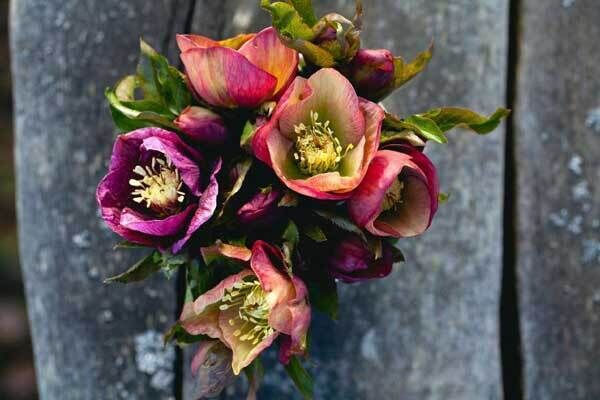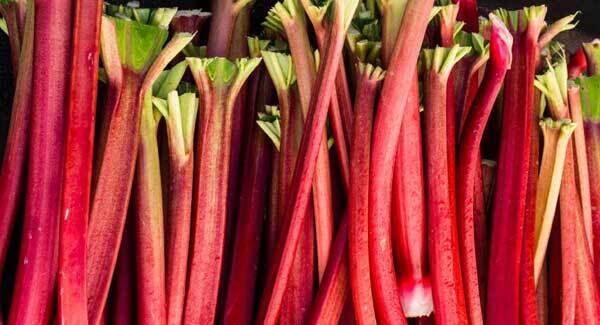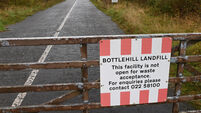Tips on how to keep your greenhouse in tip-top condition

Make the most of the first sunny day to give your greenhouse a good clean if you plan to start sowing seeds soon.
A clean greenhouse means plants will be less vulnerable to pests and diseases and, if you zap them now, your undercover growing area won’t become a breeding ground for nuisances.
Before you start, take out as much as you can and turn off the power to electric points, covering them to stop any water splashing them.
The best tools for cleaning the outside are a good hose and a long-handled soft-bristled brush for tackling the roof glass, using a large sponge.
Give it a good rub to remove algae and, if panes overlap, use an old plant label to ease out the dirt and then rinse the area with a hose.
Replace cracked or broken panes or get a professional to do it if you don’t feel confident.
Clear greenhouse gutters, removing soggy leaves and debris which could end up in water butts or block your drains.
Get a long-handled brush to get rid of the rubbish before it enters the downpipes.
Once the greenhouse is empty, give the floor a really good sweep and get rid of clutter like broken pots, out-of-date feeds and other junk.
Wipe down surfaces with a scouring sponge and wash flower pots and seed trays with disinfectant before thoroughly rinsing and returning to their place in the greenhouse.
“The art of a good greenhouse is to have a more or less constant temperature, says horticulturist Frances Tophill, co-presenter of ITV’s Love Your Garden.

“In the winter, a heater might be required or a little bubble wrap on the glass. Plants will suffer most if their foliage is in direct contact with the cold glass, so move them away during the winter months.”
The warmth provided in a greenhouse will help a multitude of insects to over-winter and to come back with gusto in the spring to attack your plants.
“To avoid that happening, give your greenhouse a big winter clean-up, paying particular attention to any standing water where larvae may well be multiplying,” she says.
Now is the time to think about growing your early vegetables.
“Early carrots and parsnips (make sure you use one that is canker-resistant) are ideal to start in February,” says Tophill.
“It’s also a great time to start your garlic and small onions or shallots. If you have the luxury of a greenhouse then now is the time for growing all your tomatoes, peppers and aubergines.
“Also grow radishes, brassicas and all your peas, including late sweet peas. Now is also the time to get that summer bedding going. So start sowing cleome, dahlias, ricinus (castor oil plant), snapdragons and cerinthe.”
Many plants just need the protection of a frost-free environment to germinate, so can be grown in a non-heated greenhouse or in a cold frame.
“Some seeds actually need a period of intense cold known as stratification before they will germinate. So it is all a matter of looking at your seeds, reading the packets carefully and treating them accordingly.
“If you only have a non-heated greenhouse, I always find a windowsill in the kitchen works a treat.”
Jobs to do now
Rhubarb isn’t technically a fruit, as it’s the stems we eat, but it has now been lumped into that category because we generally have it in pies and crumbles, fools and jams.
Whatever your opinion on its category, this is a plant that is really easy to grow even if you just want a few stems.
Buy and plant the dormant crowns now — you’ll find them in good garden centres, or beg a couple from a friend.

Late autumn and early spring is a good time to get them in and use plenty of added organic matter — remember, they’re going to be in position for a long time, somake sure also the crowns are in full sun so the stems will become redder and sweeter. Plants should be 90cm apart.
Remove any flowering stems which appear in summer, cutting them out as close to the base as you can, then remove dead leaves when the foliage dies down in autumn, mulching with compost before winter.
If you want to force rhubarb for earlier stems, cover a well-established crown with a rhubarb forcing pot or upturned dustbin in mid-January or early February and cover the ground around it with straw for insulation.
A few weeks later, long stems with pale leaves should appear and they can be harvested until the end of March. Then uncover the plant to let it develop naturally and don’t force the same crown every year.
What to do this week:
* Prick out or pot up pelargonium seedlings that have grown from seeds sown last month.
* Bring strawberries in containers into the greenhouse for early fruit.
* Sow seeds of tomatoes for growing in a cool greenhouse.
* Clip faded flowers on winter-flowering heathers.
* Cut back deciduous ceanothus, buddleias, lavatera and caryopteris quite drastically.
* Prune later-flowering shrubs if you want to reduce their size.
* Lift and divide overcrowded winter aconites.
* Dig out persistent lawn weeds such as dandelions with a sharp transplanting trowel.











